Click me to visit our new website
With the continuous development of technology, the command console has been widely used in many industries, especially in the petrochemical refinery industry. The command console not only improves work efficiency, but also provides a strong guarantee for the safety of enterprise production. This article will elaborate on the importance and application of the command console in the petrochemical refinery industry.
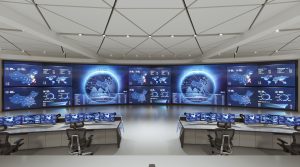
Firstly, the importance of the command console in the petrochemical refinery industry:
Improving work efficiency
The petrochemical refinery industry is a highly automated industry involving a large number of equipment and processes. By using the command console, operators can more conveniently monitor and manage various equipment and processes, thereby improving work efficiency.
Ensuring safe production
The production process of the petrochemical refinery industry involves many dangerous substances, such as flammable and explosive oil. By using the command console, companies can monitor the operating status of various equipment and processes in real time, discover and handle potential safety hazards in a timely manner, and thus ensure the safe production of the enterprise.
Optimizing resource allocation
Through the command console, companies can understand the operating status of various equipment and processes in real time, and allocate resources more reasonably. This not only improves the production efficiency of the enterprise, but also reduces the operating costs of the enterprise.
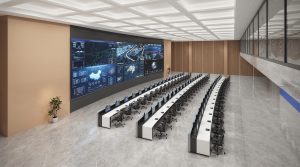
Secondly, the application of the command console in the petrochemical refinery industry:
Monitoring and dispatching
The command console can monitor various equipment and processes in the petrochemical refinery industry in real time, discover and handle abnormal situations in a timely manner. At the same time, the command console can also carry out dispatching according to production needs to ensure the smooth progress of production processes.
Data processing and analysis
The command console can analyze and process various collected data, help companies better understand the problems in the production process, and thus formulate more reasonable production plans.
Emergency response
In case of emergencies, the command console can respond quickly, coordinate various departments and resources for handling, and ensure the safety of enterprise production.
IF you need,you can contact with us. We can give you help. This is our contact number:86-051985801518
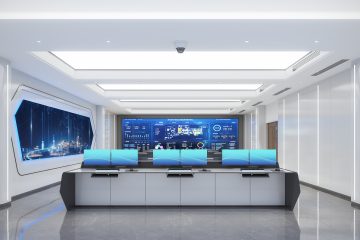
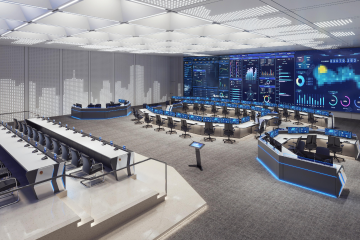
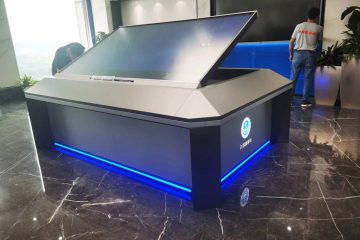
0 Comments